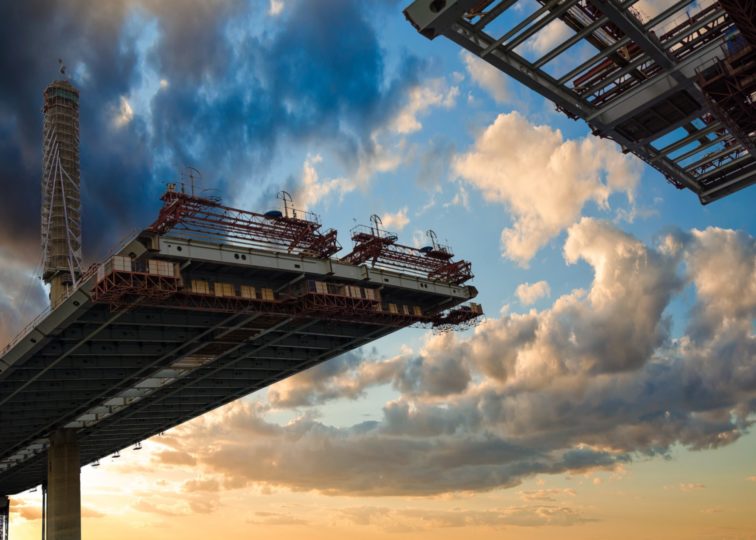
Blog
Infrastructure Projects Are Frequently Based on Optimistic Forecasts
September 22, 2021
As a massive infrastructure spending bill winds its way through Congress, state and local municipalities across the nation must decide how to use the funds they may receive. Unfortunately, research shows that these decisions are made based on projections that expect many more people to use these roads, bridges, and other transit projects than ultimately end up doing so.
The Wall Street Journal examined the issue and found that, according to a Federal Transit Administration survey of public-transit projects opened between 2007 and 2015, the average project overestimated ridership by 21% two years after opening. Public road projects overestimated how many travelers the road would service by about 6%, according to a study from the National Academies of Sciences, Engineering and Medicine.
The problem is not unique to the United States, as one researcher told the Wall Street Journal that globally, traffic counts on toll roads were roughly 77% of what had been forecast.
One of the biggest challenges facing forecasters is unexpected events. The Wall Street Journal notes that when the D.C. region’s subway system opened in 2014, ridership was roughly half of what had been forecasted. The Journal notes that these forecasts were made prior to the Great Recession, which limited property development and population growth along the route.
City planners face similar challenges now in determining how long-lasting the impacts of the pandemic will be, whether the shift to working from home will be permanent, and how much infrastructure will be needed in the future.
